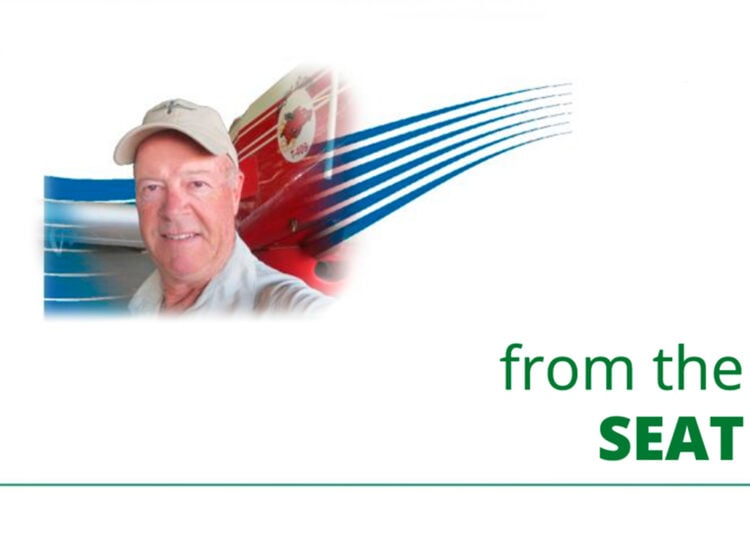Mother Nature is the final authority as far as wildfires are concerned. When you are in the business of fighting fires, she can be your worst enemy or your best friend.
This winter’s El Niño pattern has brought with it wet systems across the country about every three to four days. This barrage of fronts carried by the southern jet stream has pretty much brought above average precipitation across the majority of the country.
The El Niño is forecast to continue through mid-summer. The result of this super soaker is that the long-term fire danger forecast map is mostly green. In a normal year, the map would be brown to red, especially in the Southwest. After back-to-back mediocre fire seasons, it looks like we are heading into one that could be the slowest in a long time.
A slow fire season means loss of income for professional firefighters. Fighting wildland fires seems to get in your blood, so I am sure that most will weather the hard times and be on the line when the time comes.
The El Niño here means that there is a La Niña pattern in the Southern Hemisphere. This is reflected in the very active summer fire season in Australia.
Some of my friends there are telling me that it is so dry that they are seeing spot fires up to three miles out in front of the head. These conditions make it very dangerous for the guys on the ground and increase the importance of having eyes in the sky.
The Australians are evaluating the DC-10 airtanker this season. It has been in country since November and was cleared for use just after Christmas. The fires in the Outback are known for their heads, which may be miles wide. The Aussies are impressed with the very large tanker and say it is great tool Down Under.
I have just completed the recurrent training for SEAT pilots in Boise, Idaho. Some of the content was very good and some of it was very bad. It is a fact that if new and interesting material is presented to a student they will learn and retain more than when given old, redundant material.
Ever since I joined the SEAT program, I have heard the same presentation on fire behavior. This year we were also given a lecture on aerodynamics, which was almost verbatim from the private pilot course we all took years ago. New SEAT contracts will be issued for 2011 and for now it appears there will be little change from the contracts we are now under.
Under the Variable Term Contract, venders are stacked in a rating system. The number one contractor will have all their aircraft on duty before looking to the number two vendor. If your company is low on the list, you will not work during a slow fire season.
The government told us before the current contracts were issued that it would all be about price. Turns out it had nothing to do with price and everything to do with the top secret rating system.
By this time during the last two years, I was already on fire duty. I am chomping at the bit and ready to go. Hope you all have a safe and prosperous season and maybe I’ll see you on the mountain. Marc






